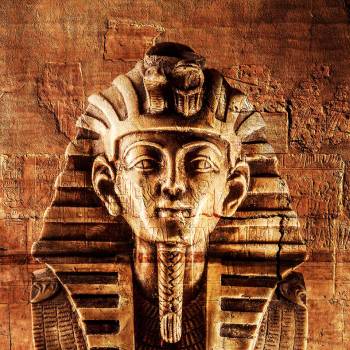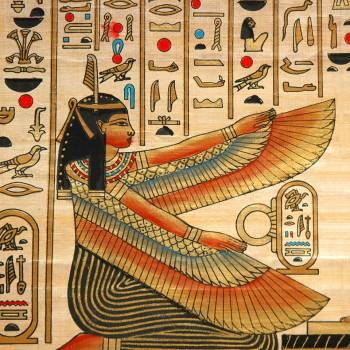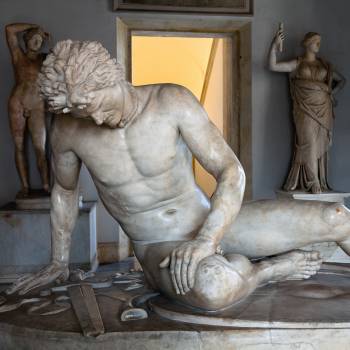Spanning three decades, the War of the Roses was a civil conflict between the Houses of Lancaster and York that left a lasting mark on England, ultimately reshaping society and leading to shifts in the monarchy. In this article, we explore the key events and battles that unfolded during this violent battle for the English throne!
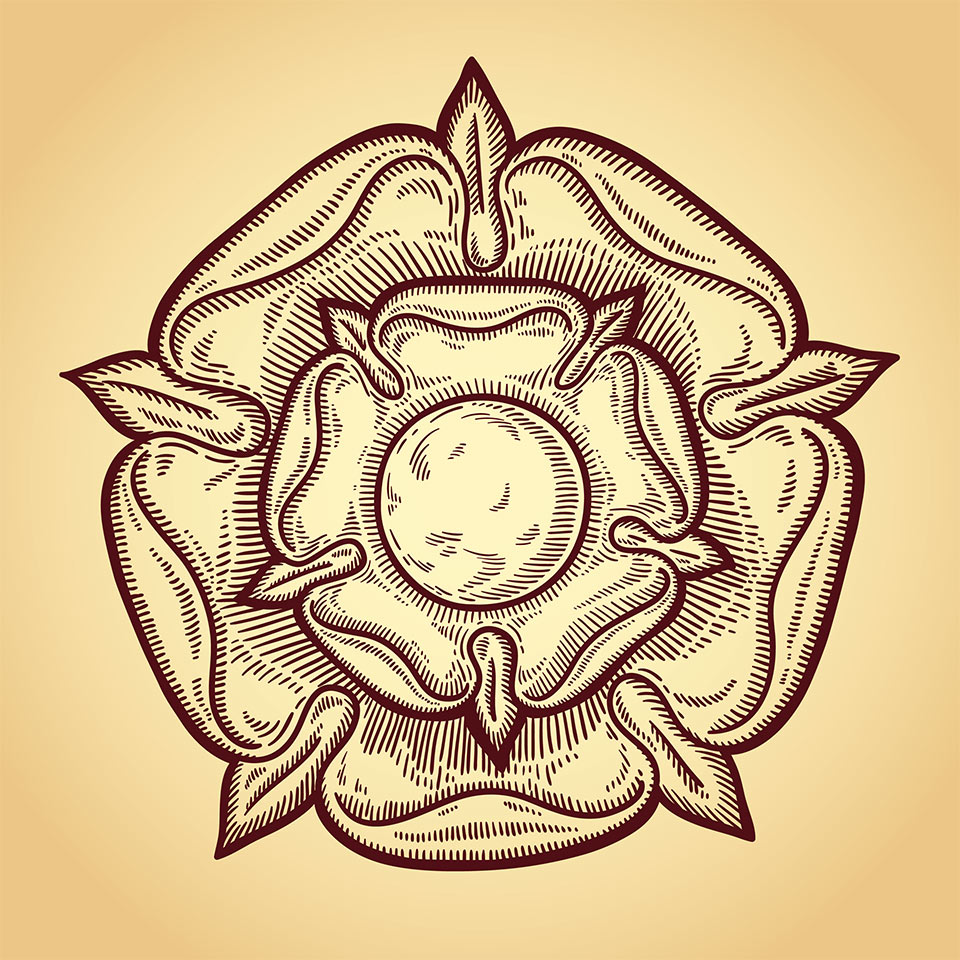
What Caused the War of the Roses?
The infamous War of the Roses engulfed England in the late 15th century and was primarily driven by a long-running dispute over control of the English throne between two cadet branches of the royal House of Plantagenet: the House of Lancaster and the House of York.
Several major factors sparked the eruption of the War of the Roses. Firstly, the mental illness of King Henry VI had a destabilising effect on Lancastrian rule, creating an atmosphere of uncertainty and discontent. Secondly, political opposition formed around Richard of York, who held a strong claim to the throne and represented growing disapproval of court corruption and mismanagement under Henry VI. Thirdly, Henry VI's inability to assert control over feuding nobles further eroded central authority and the rule of law, allowing rivalries among noble houses to deepen.
Moreover, the economic strain resulting from the loss of French territories placed a significant burden on the people, intensifying their discontent. The strong opposition led by Henry VI's assertive wife, Margaret of Anjou, in contesting Richard of York's claim deepened divisions and heightened tensions as well, ultimately laying the groundwork for the lengthy and brutal conflict that came to be known as the War of the Roses.
Recommended for you!
Best SellersTimeline of Events
1455
The conflict officially begins with the First Battle of St Albans, marking the first significant clash between the Lancastrian and Yorkist factions. Richard, Duke of York, emerges as a prominent Yorkist leader.
1460
The Battle of Northampton sees Henry VI's capture by Yorkist forces. The Act of Accord is enacted, declaring Richard of York as the heir to the throne, displacing Henry VI's son, Edward of Lancaster.
1461
The pivotal Battle of Towton takes place, resulting in a decisive Yorkist victory. Edward of York becomes King Edward IV, signalling a shift in power.
1470
The Lancastrians, led by Henry VI's wife, Margaret of Anjou, regain control, leading to Edward IV's temporary exile. However, this Lancastrian resurgence is short-lived.
1471
Edward IV returns from exile, defeats the Lancastrians at the Battle of Barnet, and subsequently secures another decisive victory at the Battle of Tewkesbury. Edward IV's reign is reestablished.
1475
England's involvement in the Hundred Years' War comes to an end with the Treaty of Picquigny, bringing a measure of stability to the kingdom.
1483
Edward IV dies, and his young son, Edward V, is declared king. However, power struggles ensue, and Richard, Duke of Gloucester, eventually seizes the throne, becoming Richard III.
1485
The War of the Roses reaches its climax at the Battle of Bosworth Field, where Henry Tudor (Henry VII) defeats Richard III. Henry VII's ascension marks the end of the Plantagenet dynasty and the beginning of the Tudor era.
Battles in the War of the Roses
There were many battles during this civil war - we’ve listed the most significant ones!
- Battle of Towton (1461)
This battle took place during a snowstorm which made visibility quite difficult. The Yorkists, led by Edward IV, deployed a clever strategy that involved the use of archers and a surprise attack against the Lancastrians: commanded by Henry Beaufort (Henry VI’s general). The Yorkists won, leading to Edward IV's coronation as King of England.
- Battle of Barnet (1471)
This battle also had limited visibility - this time, it was dense fog. Both sides employed strategies involving ambushes and attempts to outflank the enemy. Edward IV again led the Yorkists, and Richard Neville, Earl of Warwick, commanded the Lancastrians. Edward IV was victorious, and Richard Neville not only lost this battle but also his life.
- Battle of Tewkesbury (1471)
During the battle of Tewkesbury, Edward IV led the Yorkists, while Margaret of Anjou (the Lancastrian queen) played a huge role in rallying the Lancastrian forces. Once again, the House of York won and the end of this battle also marked the end of the Lancastrian resistance in England. Unfortunately, Henry VI’s son Edward was killed during the conflict.
- Battle of Bosworth
In this climactic battle, Henry VII led his soldiers to victory with a very tactical strategy that involved waiting for the opportune moment to engage in combat. There was also treachery within Richard III’s camp, which played a key role in the outcome.
Who Won the War of the Roses?
The one house that emerged as the victor was the House of Tudor. It was led by Henry Tudor, who would later become Henry VII. In the final battle of the War of the Roses, the Battle of Bosworth Field in 1485, Henry Tudor faced off against Richard III of the House of York, the reigning monarch at the time.
Henry’s victory was a pivotal moment for England. It marked the end of the Plantagenet dynasty and the beginning of the Tudor era. Following his victory, he was crowned Henry VII and united all of the houses under the banner of the red and white roses, effectively ending the war.
How Long Did the War of the Roses Last?
The war lasted for over three decades. Beginning in 1455 with the First Battle of St Albans (between the Lancastrians and Yorkists) and ending in 1485 with the Battle of Bosworth Field.
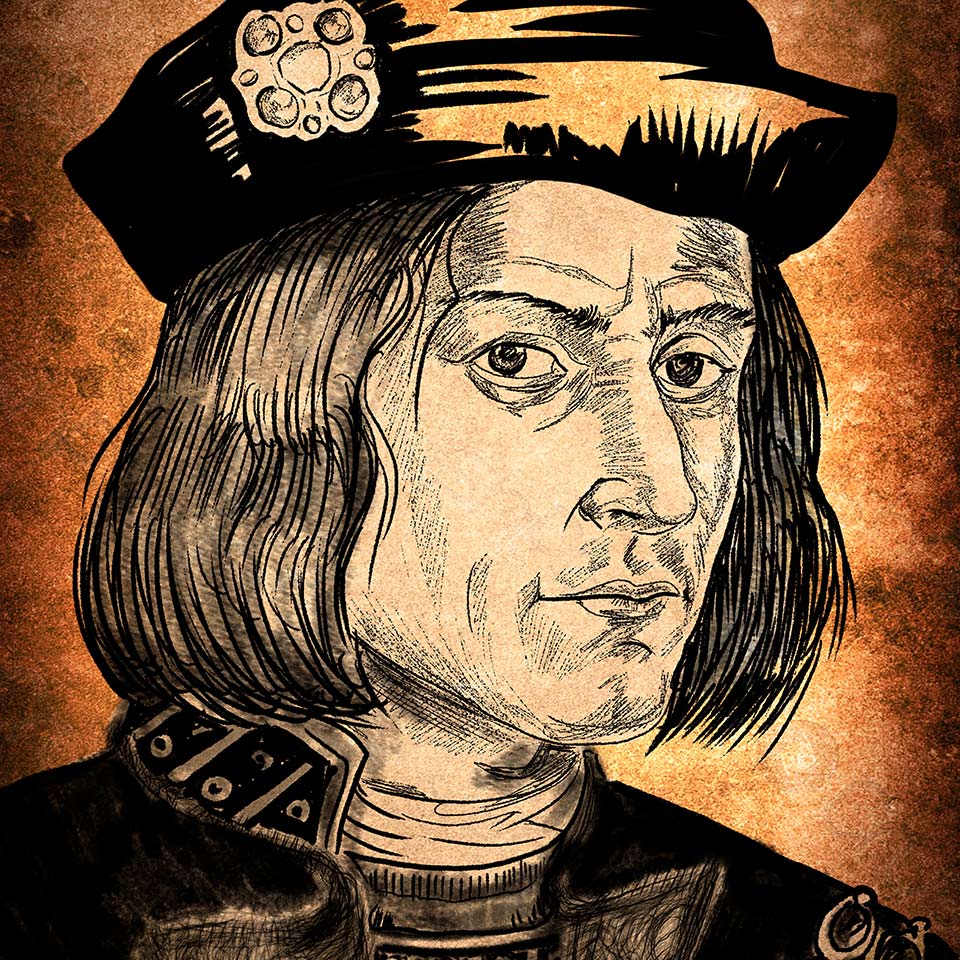
How Did the War of the Roses End?
The War of the Roses conclusively ended when Henry Tudor defeated Richard III at the Battle of Bosworth Field in 1485 and ascended the throne as King Henry VII. His victory united the houses of Lancaster and York through his marriage to Elizabeth of York, daughter of Edward IV, establishing the Tudor dynasty. This marriage effectively ended the conflict by forging an alliance between the two houses.
In 1494, Henry VII signed the Treaty of Etaples, which brought an end to England's involvement in the Hundred Years' War with France. This boosted England’s financial situation and also brought a sense of security and peace to the kingdom.
Following the War of the Roses, the Tudors implemented reforms to centralise authority under the monarchy and reduce the influence of feuding nobles. This allowed England to finally focus inward on strengthening the economy, expanding culture and exploration. With the warfare ended, England was able to transition into a period of national recovery and growth under the Tudor monarchs.
Family Tree
At the heart of the War of the Roses were two primary houses, Lancaster and York, both fighting for control of the English throne.
House of Lancaster
- Henry VI: King of England during the early years of the conflict, representing the Lancaster faction.
- Margaret of Anjou: Henry VI's wife, who played a pivotal role in rallying Lancastrian support.
- Edward of Lancaster (Prince of Wales): Their son and heir to the Lancastrian claim.
House of York
- Richard, Duke of York: Leader of the Yorkist faction and a claimant to the throne.
- Cecily Neville: Richard's wife and mother of his children.
- Edward IV: Richard's son, who became King of England after the Battle of Towton.
- Richard III: Another son of Richard, who would later become king and face Henry Tudor at Bosworth Field.
House of Tudor
- Henry Tudor (Henry VII): Emerged victorious at Bosworth Field and became the first Tudor monarch.
- Elizabeth of York: Married Henry Tudor, uniting the Lancaster and York houses.
- Henry VIII: Their son, who succeeded Henry VII and played a pivotal role in the English Reformation.
War of the Roses Facts
- The term "War of the Roses" was coined long after the conflict ended. It refers to the badges associated with the rival houses: the white rose of York and the red rose of Lancaster. The name reflects the symbolic rivalry between the two factions.
- The war lasted for over 30 years, making it one of the longest and bloodiest civil wars ever in English history!
- King Henry VI reigned for a total of about 38 years, making him one of England's longest-reigning monarchs.
- Richard Neville, Earl of Warwick, earned the nickname "Warwick the Kingmaker" for his role in shaping the outcome of the war. He initially supported the Yorkists but later switched allegiances.
- Some artefacts from the War of the Roses have survived! The suit of armour that’s believed to have been worn by Henry VII at Bosworth Field is on display at the Royal Armouries Museum in Leeds.
- The War of the Roses inspired William Shakespeare's history plays, the "Henry VI" and "Richard III" series.
If you want to dive deeper into this captivating period, consider exploring our accredited War of the Roses Diploma Course. For just £29 (save £981!), you can enrol today and learn more about the events, rulers, battles and legacy of this dynastic conflict that changed England's trajectory!

